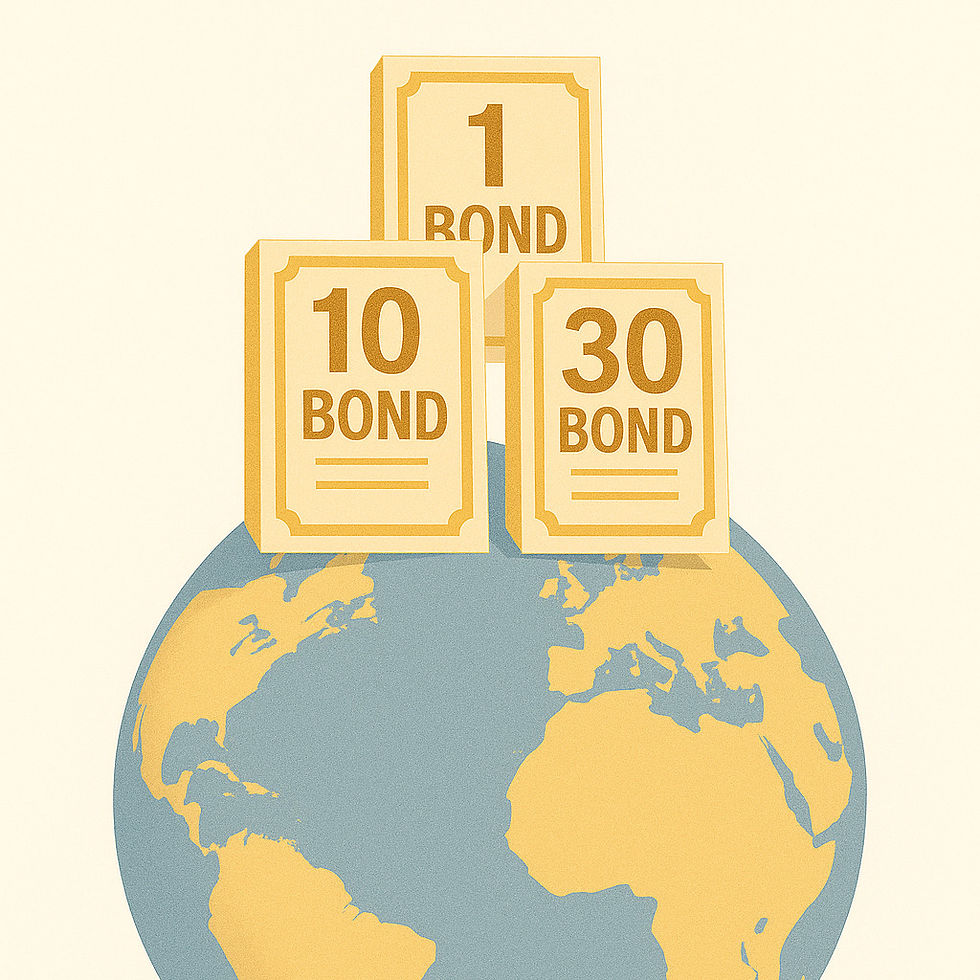The first case of a negative-interest bond: Switzerland in 2015
- rizziandrea4
- Oct 10
- 2 min read
Updated: Oct 18
In January 2015, the Swiss National Bank (SNB) made a decision that would mark a turning point in the history of the bond markets. After years of defending the minimum exchange rate of 1.20 Swiss francs per euro , the SNB suddenly decided to abandon the peg and lower key rates to –0.75% , the lowest level ever recorded up to that point.
In the hours immediately following the decision, the Swiss franc rapidly appreciated by more than 15% against the euro and the dollar . Investors, spurred by the new scenario, rushed to buy francs to be able to purchase bonds on the secondary market : the result was a veritable rush to the Swiss currency, which quickly strengthened to unprecedented levels.
A few months later, in March 2015 , the Swiss Confederation placed a 10-year government bond on the primary market with a negative yield at the time of issuance . Investors agreed to pay a price above 100 to receive less capital at maturity, without any compensating coupon. In other words, they bought safety at the expense of yield.
Making the episode even more emblematic was the outcome of several subsequent auctions: the Swiss Treasury managed to place bonds maturing in July 2025 with a yield of approximately -0.055% , effectively below zero. And not only that: very long-term bonds maturing in 2049 were also sold, offering a yield of just 0.42% : an extremely low level, considering the time horizon of nearly 35 years.
For the Confederation, this was a huge advantage. In a period characterized by deflation or near-zero inflation , the government was able to finance itself practically free, and in some cases even profit from investors : it collected a greater sum today than it would have repaid at maturity. This meant saving billions of francs in interest and drastically reducing the cost of public debt.
It was a historic event: Switzerland became the first country in the world to issue a ten-year negative-yielding bond at auction. From then on, other European countries such as Germany, the Netherlands, and Denmark followed suit, driven by the ECB's ultra-expansionary policies and investors' desperate search for "safe assets."
This paradox demonstrates how , in financial markets, the principle that lenders receive interest isn't always valid. In certain economic and geopolitical contexts, the opposite can occur: it's the lender (i.e., the investor) who pays, just to ensure protection in a world dominated by uncertainty.


